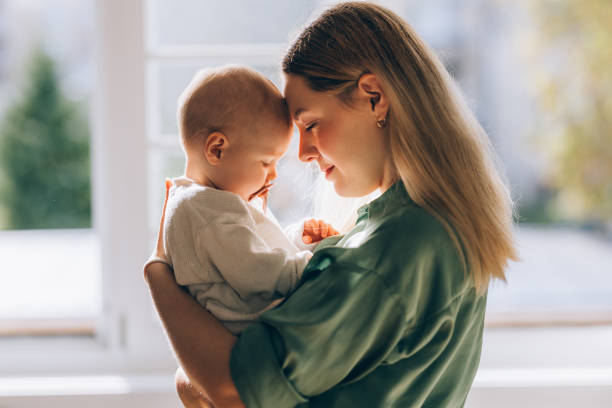
Gentle, Science-Backed Sleep Solutions for Your Baby
There’s a lot of misinformation about sleep training, and it can be overwhelming for parents trying to decide what’s best for their baby. Let’s clear up some common sleep training myths so you can make informed, confident decisions.

Myth #1: Sleep Training Means Letting Your Baby Cry It Out
Sleep training isn’t about leaving your baby to cry alone. There are many gentle sleep approaches that allow parents to respond to their baby’s needs while still teaching independent sleep skills.

Myth #2: Sleep Training Is Harmful to Babies
Research shows that age-appropriate sleep training is safe and does not harm attachment or emotional development. In fact, better sleep leads to improved mood, brain development, and well-being for both babies and parents.

Myth #3: Sleep Training Is Only for Older Babies
While formal sleep training begins at 16 weeks adjusted age, newborns can benefit from sleep foundations such as:

Myth #4: Sleep Training Means No More Night Feedings
Sleep training can be customized to support night feedings when needed. The goal is to reduce unnecessary wake-ups while ensuring babies get the nutrition they need.




